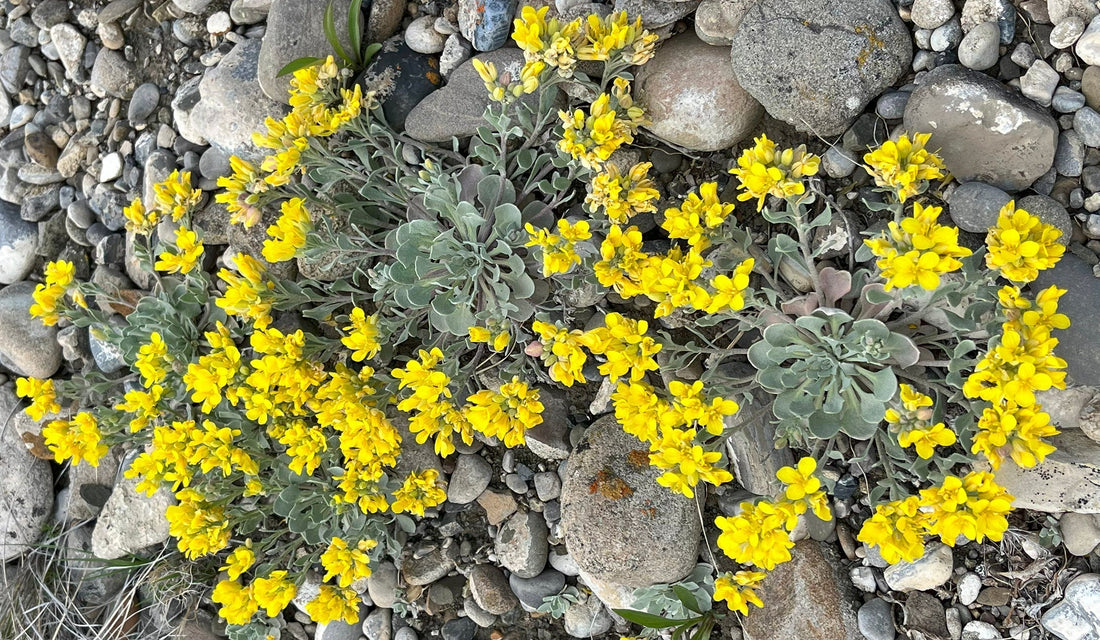
Wildflowers in Small Spaces
Share
All perennial flower gardens require some maintenance to keep them from becoming overgrown. Whether you're using cultivated perennials or native wildflowers, plant selection is especially important in small spaces. In these settings, it's best to avoid aggressive growers and focus on species that stay in check.
Wildflowers often get labeled as “weedy” or “invasive”—but we object to both of those terms. A weed, by definition, is a useless or undesirable plant, and wildflowers are neither of those things. To invade is to spread without permission, which wildflowers might do—just like nearly any other plant when conditions are right.
Yes, some wildflowers are vigorous growers, and in the wrong location, they can become problematic. But in the right setting, these same plants can thrive beautifully with very little assistance. It all comes down to using the right plant in the right place.
How Wildflowers Spread
Most perennials spread using more than one method—rhizomes, spreading root crowns, runners, freely rooting stems, bulbs, and of course, seed.
- A plant that spreads by seed alone is usually easy to manage with a pair of garden shears—if you catch it at the right time. However, long-blooming wildflowers often produce flowers and seeds simultaneously, so eventually you'll need to decide when to cut the flower stem entirely.
- Plants that spread by runners or rhizomes can be more challenging. If they grow aggressively, they may choke out slower neighbors and should be avoided in tight spaces.
When gardening in small areas, choose size-appropriate, slower-growing plants to make your garden easier to maintain and more enjoyable in the long run.
Need Help Choosing?
Use the website’s filter system to find species suited to your space. If you have any questions or concerns about choosing wildflowers for your site, send us an email or give us a call—we’re always happy to help.
